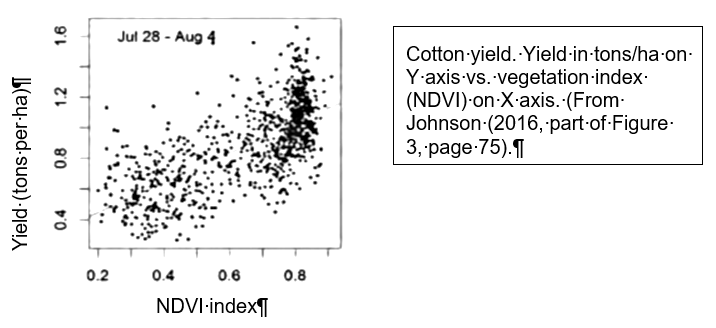Anyone interested in population dynamics, fisheries management, or ecological understanding in general will be interested to read the exchanges in Science, 23 April 2016 on the problem of understanding stock changes in the northern cod (Gadus morhua) fishery in the Gulf of Maine. I think this exchange is important to read because it illustrates two general problems with ecological science – how to understand ecological changes with incomplete data, and how to extrapolate what is happening into taking some management action.
What we have here are sets of experts promoting a management view and others contradicting the suggested view. There is no question but that ecologists have made much progress in understanding both marine and freshwater fisheries. Probably the total number of person-years of research on marine fishes like the northern cod would dwarf that on all other ecological studies combined. Yet we are still arguing about fundamental processes in major marine fisheries. You will remember that the northern cod in particular was one of the largest fisheries in the world when it began to be exploited in the 16th century, and by the 1990s it was driven to about 1% of its prior abundance, almost to the status of a threatened species.
Pershing et al. (2015) suggested, based on data on a rise in sea surface temperature in the Gulf of Maine, that cod mortality had increased with temperature and this was causing the fishery management model to overestimate the allowable catch. Palmer et al. (2016) and Swain et al. (2016) disputed their conclusions, and Pershing et al. (2016) responded. The details are in these papers and I do not pretend to know whose views are closest to be correct.
But I’m interested in two facts. First, Science clearly thought this controversy was important and worth publishing, even in the face of a 99% rejection rate for all submissions to that journal. Second, it illustrates that ecology faces a lot of questions when it makes conclusions that natural resource managers should act upon. Perhaps it is akin to medicine in being controversial, even though it is all supposed to be evidence based. It is hard to imagine physical scientists or engineers arguing so publically over the design of a bridge or a hydroelectric dam. Why is it that ecologists so often spend time arguing with one another over this or that theory or research finding? If we admit that our conclusions about the world’s ecosystems are so meager and uncertain, does it mean we have a very long way to go before we can claim to be a hard science? We would hope not but what is the evidence?
One problem so well illustrated here in these papers is the difficulty of measuring the parameters of change in marine fish populations and then tying these estimates to models that are predictive of changes required for management actions. The combination of less than precise data and models that are overly precise in their assumptions could be a deadly combination in the ecological management of natural resources.
Palmer, M.C., Deroba, J.J., Legault, C.M., and Brooks, E.N. 2016. Comment on “Slow adaptation in the face of rapid warming leads to collapse of the Gulf of Maine cod fishery”. Science 352(6284): 423-423. doi:10.1126/science.aad9674.
Pershing, A.J., Alexander, M.A., Hernandez, C.M., Kerr, L.A., Le Bris, A., Mills, K.E., Nye, J.A., Record, N.R., Scannell, H.A., Scott, J.D., Sherwood, G.D., and Thomas, A.C. 2016. Response to Comments on “Slow adaptation in the face of rapid warming leads to collapse of the Gulf of Maine cod fishery”. Science 352(6284): 423-423. doi:10.1126/science.aae0463.
Pershing, A.J., Alexander, M.A., Hernandez, C.M., Kerr, L.A., Le Bris, A., Mills, K.E., Nye, J.A., Record, N.R., Scannell, H.A., Scott, J.D., Sherwood, G.D., and Thomas, A.C. 2015. Slow adaptation in the face of rapid warming leads to collapse of the Gulf of Maine cod fishery. Science 350(6262): 809-812. doi:10.1126/science.aac9819.
Swain, D.P., Benoît, H.P., Cox, S.P., and Cadigan, N.G. 2016. Comment on “Slow adaptation in the face of rapid warming leads to collapse of the Gulf of Maine cod fishery”. Science 352(6284): 423-423. doi:10.1126/science.aad9346.
